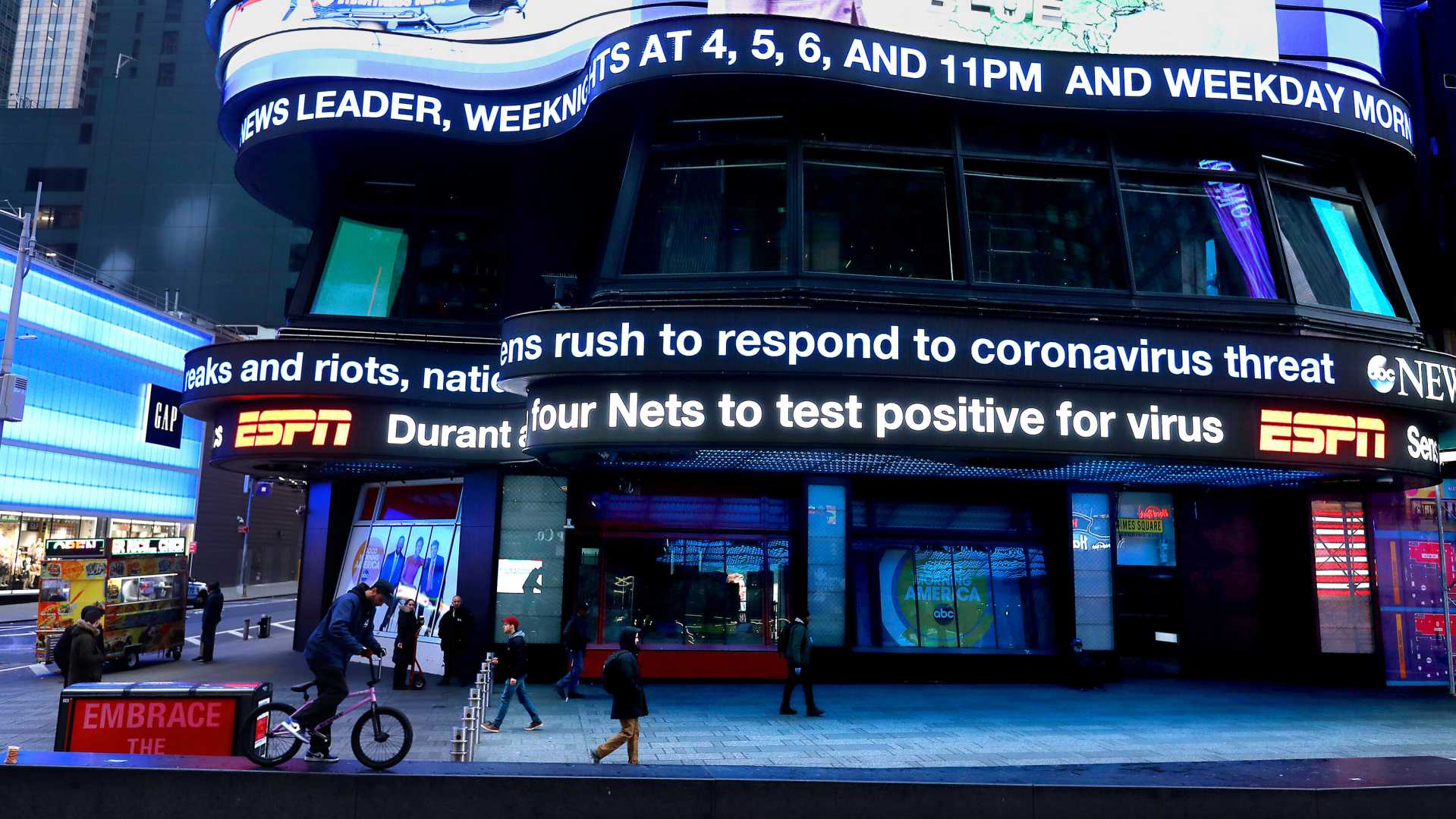Health
Study Reveals Bias in New York Times Covid-19 Coverage

A recent study conducted by a research team at the University of California–San Francisco has unveiled significant bias in the New York Times‘ coverage of the Covid-19 pandemic. The investigation focused on the newspaper’s corrections related to the pandemic, revealing that the publication tended to exaggerate the threat posed by the virus.
Between 2020 and 2024, the New York Times issued 576 corrections for 486 articles concerning Covid-19. The study indicated that while errors are common during times of crisis due to evolving information, the nature of the mistakes made by the Times was noteworthy.
The research found that 55 percent of the corrections indicated errors that overstated the harm of the virus, while only 24 percent understated it. This suggests a pattern of amplifying fear surrounding the pandemic, which may have influenced public perception and policy decisions during the crisis.
One significant correction highlighted in the study involved the misreporting of Covid hospitalizations among U.S. children. The original article claimed that hospitalizations were at 900,000 since the pandemic began, a substantial overestimate that was corrected to 63,000.
The study also pointed out that certain reporters, such as Apoorva Mandavilli, were responsible for a higher number of corrections, often leading to inaccurate portrayals of the virus’s risk. Despite the noted errors, the New York Times has not reassigned reporters in response to these issues.
Furthermore, the Times’ coverage appeared to align with broader political biases during the pandemic, reflecting the newspaper’s traditional leanings. The coverage related to governmental and public health interventions was more favorable towards policies embraced by Democrats, while skepticism was more prevalent among Republicans.
This analysis raises concerns regarding the role of legacy media in shaping public understanding during an unprecedented health crisis, calling into question the need for more balanced and accurate reporting practices in the future.












